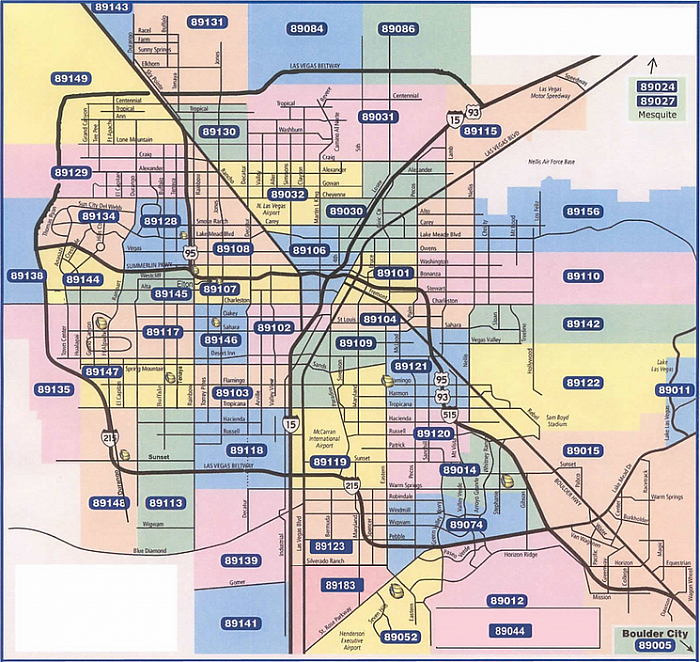Las Vegas Weather and Map!
Planning Your Trip to Las Vegas? Here’s What to Expect from the Weather – Season by Season
Las Vegas is a city of dazzling lights, world-class entertainment, and yes—desert weather. Whether you're here for a weekend getaway or a longer vacation, knowing what to expect from the climate will help you pack smarter and enjoy your trip to the fullest.
🌼 Spring (March–May):
Spring is one of the most pleasant times to visit Las Vegas. Daytime temperatures range from the high 60s to low 90s by late May. Mornings and evenings are cool, so a light jacket or sweater will come in handy. Sunscreen is essential, as the sun shines bright all day. Comfortable walking shoes and layers are key—especially if you plan to explore the Strip or outdoor attractions like Red Rock Canyon.
☀️ Summer (June–August):
Expect serious heat during summer in Vegas—temperatures regularly soar above 100°F, peaking around 110°F in July and August. The good news? It’s a dry heat, so you won’t feel sticky like you would in humid places. Still, you’ll want to dress in breathable, lightweight clothing, wear a wide-brimmed hat, and carry a refillable water bottle. Many hotels and outdoor areas offer misters or shaded rest stops. Stay hydrated, wear sunscreen, and plan walking tours or excursions for early mornings or late evenings.
🍂 Fall (September–November):
Another favorite season for visitors, fall brings cooler temps and a golden glow to the desert. Highs range from the 80s in September to the upper 60s by November. Pack layers—a light hoodie or jacket will keep you comfortable after dark. This is a great time to enjoy patios, rooftop bars, and outdoor shows without the scorching summer heat.
❄️ Winter (December–February):
Las Vegas winters are mild compared to many places, but they can still surprise you. Daytime highs sit comfortably in the 50s and 60s, but mornings and nights can dip into the 30s or 40s. While you won’t need a heavy winter coat, a warm jacket, scarf, and closed-toe shoes will keep you cozy during evening outings or walking tours. Snow is extremely rare on the Strip, but you might catch a view of snow-dusted mountains nearby!
🌦 Rain & Storms:
Rain is rare in Las Vegas, with just a few inches falling throughout the year. That said, summer can bring brief but intense monsoon storms, usually in the afternoons. These are fast-moving and sometimes dramatic, with thunder, lightning, and flash flooding in low-lying areas. If one rolls in during your visit, head indoors and wait it out—it’ll likely pass quickly.
Pro Tips for All Seasons:
Always wear sunscreen, no matter the time of year.
Carry water, especially when walking the Strip or Fremont Street.
Be ready for temperature swings—indoor spaces are often heavily air-conditioned.
Comfortable shoes are a must; you’ll walk more than you think!
Las Vegas weather can be part of the fun if you’re prepared. Whether you're arriving in springtime sunshine or summer heat, Vegas welcomes you year-round with open arms—and unforgettable experiences.


